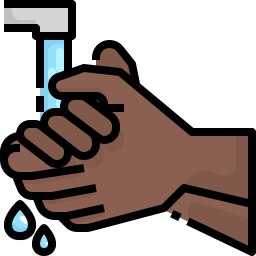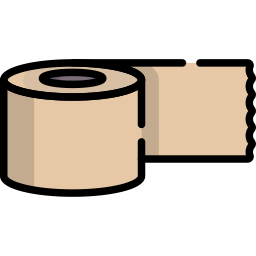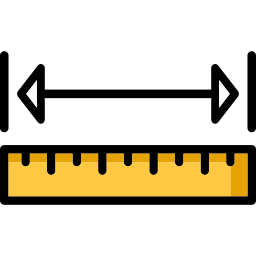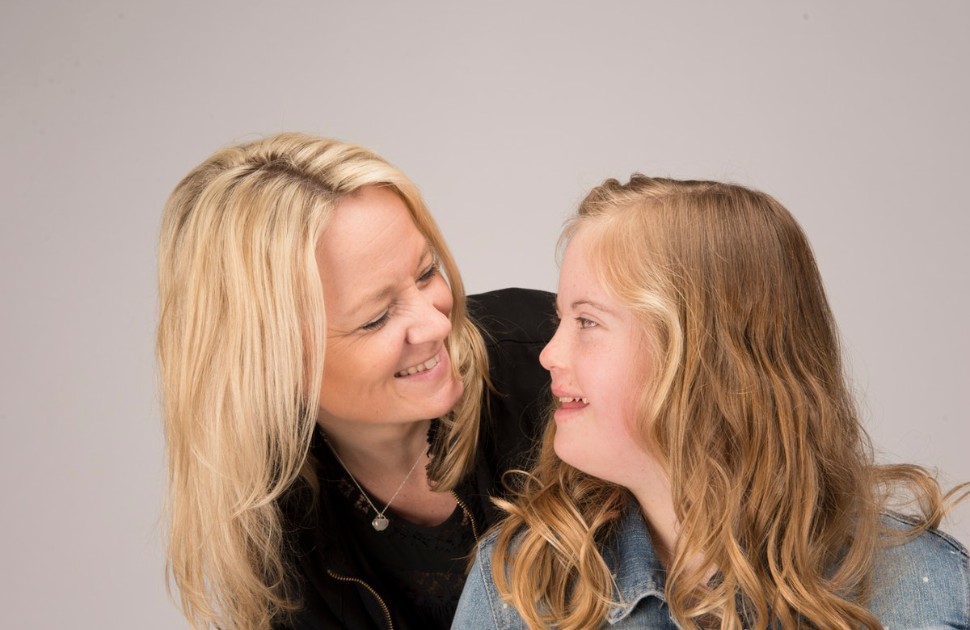
For best results make sure background graphics are enabled.
A nasogastric (NG) tube is a long, thin, hollow tube which is inserted into the nose, down the throat and into the stomach. You can use the tube to feed your child if they are unable to take enough food by mouth or if they are not safely able to take food by mouth. Liquid feeds pass through the tube into the stomach.
While your child’s NG tube is in place, it is very important to follow the detailed feeding and care instructions given to you by your healthcare team. Here are some additional tips to help you manage your child’s NG tube at home:
Wash your hands
It is very important to wash your hands before handling your child’s NG tube and while preparing and giving their feed. It is one of the most important ways to prevent and control the spread of infection!

Care for the NG tube site
- Make sure the tube is securely taped in position and always replace tape if it appears to be loose or soiled – this is to avoid the tube coming out unexpectedly.
- Use a soft, hypoallergenic tape (such as Hypafix) on your child’s face to secure the tube.
- Check the skin underneath the tape on your child’s face daily for any irritation or reaction to the tape.
- Alternate nostrils each time you re-insert the NG tube to help keep the skin on each cheek healthy.
- Make sure that the NG tube is not taped too tightly, as this can cause irritation to the nostril.

Keep the tube secure
Taking good care of securing your child’s NG tube will help prevent the tube from coming out unexpectedly. It is important to be mindful of your child’s NG tube at all times, especially when moving or handling your child.
If your baby or small child is trying to pull their NG tube out, you can:
- Try putting mittens or socks on their hands, especially at night
- Thread the NG tube under their clothing so that they can’t access it

Always check the NG tube placement
It is important to make sure that the NG tube remains securely in the stomach before each feeding or medication administration
When to verify NG tube placement:
- Before giving any feeds, flushes, or medications
- When a new NG is inserted
- If you are concerned that the NG may have moved/changed positions
- Any new vomiting, coughing, choking, or change in breathing
How to verify NG tube placement:
- Check the external measurement of the tube, as this should not change
- Verify tube placement with pH test strip.

Types of Equipment
NG tubes |
|
There are many different types of NG tubes, and you may not be able to purchase the same type of tube that you were using while in hospital. When to change the tube:
|
Feeding Pump/Bags |
|
If you are using a Kangaroo Joey feeding pump, it is important that you use the Joey feeding bags with it (these are slightly different than the bags that are used while you are admitted in CHEO). If you are using bags that you got from the hospital, your at-home feeding pump may not give accurate feed amounts. Always make sure to: |
Caring for your supplies at home
Keeping your supplies clean prevents serious illness caused by bacterial growth.
Feeding bags: to be replaced 1-2 times a week |
|
After each feed:
Once daily:
For deeper cleaning:
Replace the feeding bag if:
|
Syringes: can be used for up to 7 days before replacement if following cleaning instructions |
|
After each use:
Once daily:
Replace the syringe if:
|
pH strips: can be purchased at KidCare Pharmacy at CHEO |
|
Strategies to avoid blocked NG tubes
|
Flushing |
|
|
When giving medications |
|
|
Positioning |
| Keep your child’s head and upper body raised (about 30°) during and after feeds. This helps the stomach empty properly and reduces the chance of reflux or spit-up. |
Funding Tips
Depending on the reason your child or youth uses an NG tube and how long they will need it, they may be eligible for the Assistive Devices Program (ADP) funding, provided by the Ontario Ministry of Health.
This program can assist with the cost of purchasing a feeding pump and feeding supplies, if eligible. Unfortunately, the funding provided will not cover the full cost.
If you have private insurance coverage, you can also check to see if these costs can be covered by your plan. If you need help with paying for your supplies, please talk to your Social Worker
Who can I contact with questions?
Ask your RRN about:
- Weight
- NG tube supplies
- Feeding tube placement/
- Oral feeding
Ask your Dietitian about:
- Weight
- Formula
- Oral feeding
Ask your Occupational Therapist about:
- Oral stimulation while tube feeding
- Oral feeding
Ask your Primary Care Doctor about:
- Weight
- Formula
- Skin problems
- Oral feeding
Ask your Community Nursing Support Service about:
- Tube feeding at school or daycare
Ask your medical supply store about:
- Issues with your feeding pump
- Ordering more supplies




